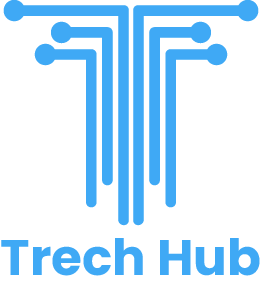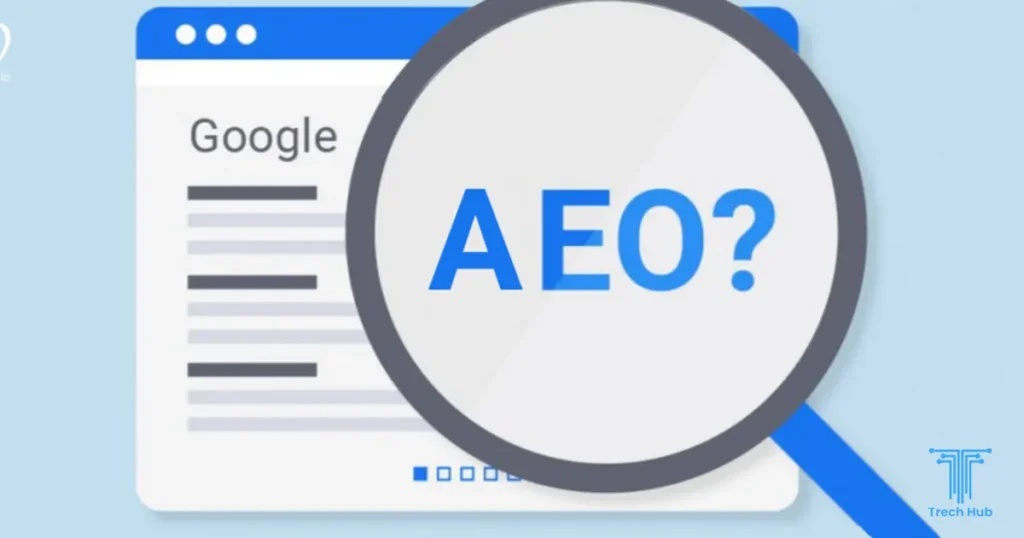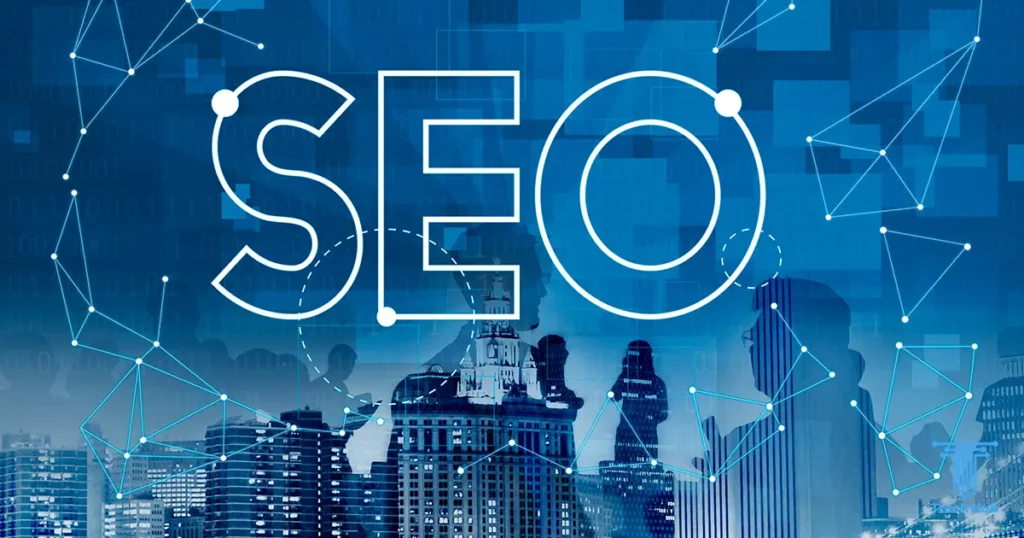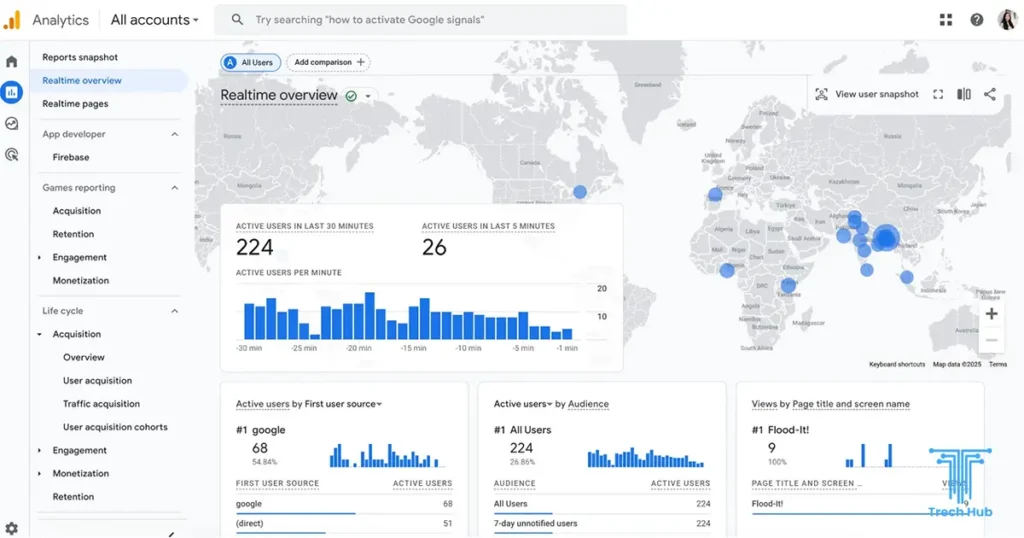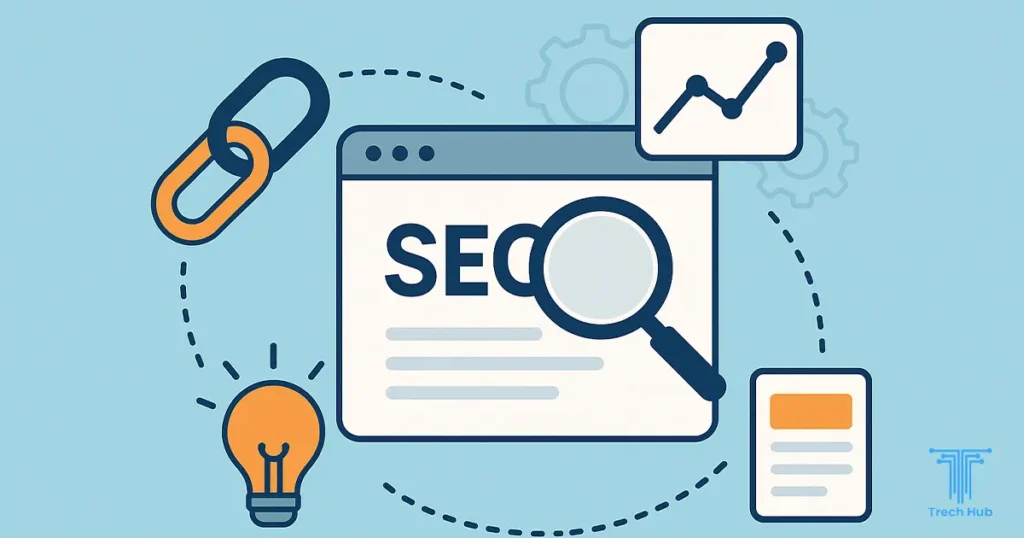In recent years, how people search for information online has shifted dramatically. Instead of typing key phrases into search engines and clicking through many pages, more users are asking full questions—via voice assistants, conversational AI (ChatGPT, Gemini, Perplexity), or through “AI Overviews” in search results. This shift demands a different optimization approach: Answer Engine Optimization (AEO).
AEO isn’t simply SEO with a new name—it’s a strategy built for this new era of AI-driven search where the goal is not just to rank, but to be the answer. For agencies like Trech Hub, offering AEO as part of your services can help clients capture more visibility, traffic, and trust.
In this article, I’ll explain what AEO is, why it matters now, how it differs from traditional SEO, how to do it well, and how Trech Hub can help you win in this space.
What is Answer Engine Optimization?
Answer Engine Optimization (AEO) is the practice of structuring, creating, and optimizing content so that AI-powered answer engines and search platforms can use it directly to answer user queries. Instead of being one of many links in the search results, your content is formatted to be selected (or “cited”) by AI systems, voice assistants, or in “zero-click” features like featured snippets, Google’s AI Overviews, or conversational responses from tools like ChatGPT.
Key components of AEO include:
- Understanding natural language / conversational queries (the “question” rather than just keywords).
- Using content formats that allow direct answers: FAQs, how-to, definitions, summaries, Q&A style.
- Structuring content well: headings, lists, schema markup / structured data, bullet points, very clear metadata.
- Building authority / trust: accurate, up-to-date content; credible sources; signals of expertise.
Why AEO matters now
Here are some of the major drivers pushing AEO from “nice-to-have” to “must have”:
- Rise of Zero-Click and AI Overviews
More searches end without a click because search engines (especially with AI-powered summaries) now give answers directly on the page. If your content isn’t optimized to be that answer, you miss exposure. - Changing Search Behavior & Voice Search
Users increasingly ask full questions (“how do I…”), speak to devices, and expect direct answers. Natural language matters more. - AI Tools & Conversational Interfaces
Platforms like ChatGPT, Perplexity AI, Microsoft Copilot, etc., now pull from content on the web to formulate responses. Brands that are visible in those sources are more likely to be “quoted” or recommended. - Competitive Advantage & Early Adoption
Because AEO is newer, brands who adopt it early can gain visibility, build authority, and differentiate themselves before the field is saturated. - SEO is evolving
Traditional ranking factors (keyword-rich content, backlinks, page speed, mobile friendliness, etc.) are still relevant, but AEO requires layering on more: content structured for extraction, answers up front, clarity, schema, etc.
AEO vs. SEO: Differences & Overlaps
| Aspect | Traditional SEO | AEO |
| Focus | Ranking in search engine result pages (SERPs), getting clicks | Being selected as a direct answer in answer engines or AI summaries, voice assistants; sometimes zero-click visibility |
| Queries | Often keyword based; sometimes long tail, sometimes “head” keywords | Conversational, question-based; full sentences; very focused on intent |
| Content format | Pages, blog posts, keyword-targeted content, perhaps less structured in Q&A style | FAQs, short direct answer sections, summaries, clear headings, structured data, answer first then expand |
| Technical factors | On-page SEO, link building, page speed, mobile friendliness, crawlability, etc. | All that + schema markup, metadata that supports answer extraction, content freshness, trust signals, chunked content sections |
| Metrics | Keyword rankings, organic traffic, backlinks, dwell time, CTR | Mentions / citations in answer engines, featured snippets or AI Overviews, voice search results, zero-click share, engagement/trust rather than just clicks |
They overlap significantly—AEO builds on SEO—but AEO pushes you to think differently: not “how do I rank?” but “how can I be the answer?”.
How to do AEO well: Best Practices
Here are actionable strategies for optimizing for AEO, based on what’s been working in 2025.
1. Research Conversational & Question-Based Intent
- Use tools to find what questions people are asking.
- Map out the kinds of queries that are relevant to your business or industry.
- Understand how people speak/phrase questions (voice search, regional differences).
2. Create Answer-Friendly Content Formats
- FAQs, “How to…” posts, definitions, “What is…?” guides.
- Use bullet lists, short paragraphs. Start with the answer, then elaborate.
- Clear headings (H2, H3) that correspond to likely subquestions.
3. Use Structured Data / Schema Markup
- FAQ schema, Q&A schema.
- Article schema.
- If relevant: schema for events, products, recipes, etc.
- Helps AI engines parse content more reliably.
4. Optimize for Multiple Answer Engines
- Not just Google: ChatGPT, Perplexity, Gemini, voice assistants.
- Track visibility across these platforms. Different engines may require different content styles or sources.
5. Focus on Authority, Trust, and Freshness
- Cite reliable sources, update content regularly.
- Demonstrate expertise.
- Ensure content is accurate, without misleading or stale data.
6. Technical and UX Foundations
- Fast page speed, mobile friendliness.
- Clear navigation, logical structure.
7. Monitor & Measure
- Tools that show when your content is being used in AI summaries or cited
- Track conversational traffic, voice search performance, zero-click metrics.
- Test different content formats; see what works and iterate.
Challenges of AEO
While AEO is very promising, there are some challenges:
- Tracking & Attribution: it can be harder to measure exactly “where” an answer citation came from, or to see how much traffic came because of being featured in an AI answer.
- Balancing Depth vs. Conciseness: you need enough depth to show authority, but answers must be concise enough to be selected. Sometimes content that is too generic won’t be chosen.
- Competing with Big Domains: large, trusted sites already have strong authority, so being cited or featured is more difficult for smaller or new sites.
- Keeping Content Fresh: AI engines prefer up-to-date information; content that becomes outdated may lose visibility.
- Multiple Platforms & Styles: what works for Google’s AI Overviews may differ from what works for ChatGPT or voice assistants. This means more variation in content production and possibly higher cost.
How Trech Hub can help you with AEO
At Trech Hub Agency, we’re well-positioned to help businesses take advantage of Answer Engine Optimization. Here’s what we can do:
- AEO Strategy & Audit
We start by auditing your existing content and website to see how ready you are for AEO. Then we map out content gaps: what questions you should be answering, which formats to focus on, where your competitor opportunities are. - Content Creation & Optimization
We help produce content in formats optimized for AEO: FAQs, question-answer style, summary sections, schema markup implementation. Also ensuring the content is authoritative, structured well, and formatted so AI engines can extract relevant bits. - Technical Implementation
Fast page speed, proper structured data, clean HTML, metadata settings, mobile-optimised UX—all essential so that AI systems can crawl and extract your content properly. - Platform & Engine Coverage
Not just working for Google. We track visibility on AI tools (ChatGPT, Perplexity, Gemini, voice assistants), and adapt your content for different engines as needed. - Ongoing Monitoring & Optimization
Once content is live, we monitor performance: which content is being cited, where you’re appearing in “answer” results, voice search performance. We use those insights to iterate and refine.
Conclusion
Answer Engine Optimization (AEO) represents a strategic evolution in digital marketing. It’s no longer enough to get high rankings via traditional SEO; brands must optimize to be the answer—through voice search, AI-driven summaries, zero-click features, and more. For companies that adapt quickly, there’s a big opportunity: increased visibility, trust, and reaching customers right at the moment they ask.
At Trech Hub, AEO is an integral part of our SEO package. When you partner with us, you get:
- Traditional SEO: keyword research, backlink strategy, technical SEO.
- AEO: content formats built for answers, schema markup, voice search readiness, conversational content.
- Local & multilingual optimization (if relevant for your market).
- Analytics & performance reporting: so you can see not just rankings and traffic, but citations, answer-engine visibility, and voice search metrics.
- Continuous content maintenance: keeping your content fresh, authoritative, and tuned for evolving AI engines.
If you’re ready to future-proof your visibility and make your brand show up as the answer, contact Trech Hub today. Let’s work together to build your AEO-driven strategy and ensure your content is being found—not just ranked.
